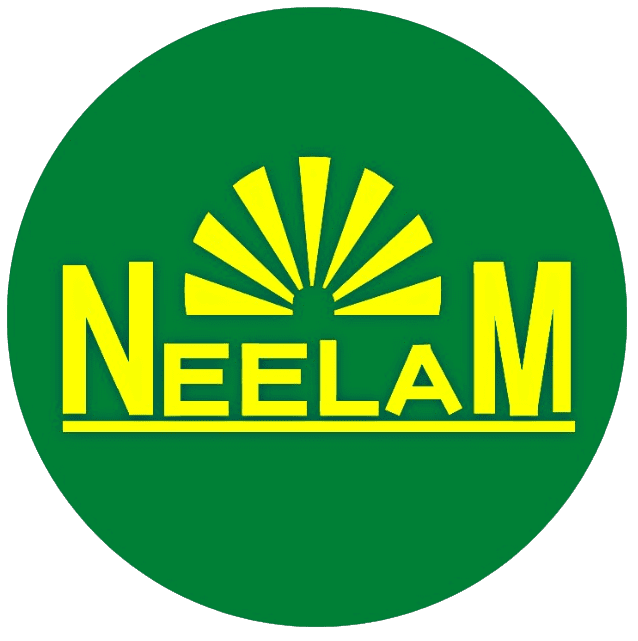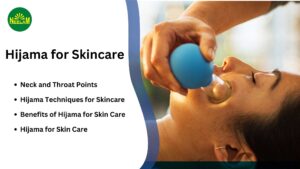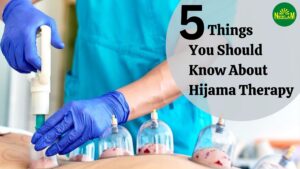Table of Contents
Wet Cupping Therapy (Hijama) A Deep Dive into Holistic Healing
Introduction:
In the pursuit of holistic wellness, traditional healing methods have gained renewed attention, with Wet Cupping Therapy, also known as Hijama, emerging as a fascinating and ancient practice. Rooted in historical traditions and backed by a growing body of anecdotal evidence, Wet Cupping Therapy involves the controlled removal of small amounts of blood to promote healing and balance within the body. In this article, we will explore the intricacies of Wet Cupping Therapy, its historical context, the procedure itself, and its potential benefits.
Understanding Wet Cupping (Hijama): A Historical Perspective
- Ancient Roots: Wet Cupping has ancient roots, with historical records suggesting its use in various cultures, including ancient Egyptian, Greek, and Chinese civilizations. In Islamic tradition, Hijama is often traced back to the practices of the Prophet Muhammad, who reportedly underwent and recommended the therapy.
- Concept of Bloodletting: The underlying concept of Wet Cupping involves the controlled release of small amounts of stagnant or ‘impure’ blood from specific points on the body. This is believed to facilitate the removal of toxins, promote blood circulation, and restore the body’s natural balance.
The Wet Cupping Procedure: A Gentle Approach to Healing
- Preparation: Wet Cupping Therapy begins with a consultation where a trained practitioner assesses the individual’s health and determines the appropriate points for cupping. The selected areas are usually on the back, between the shoulder blades, or along meridian lines associated with specific organs.
- Cupping Application: The practitioner uses small, sterile cups to create a vacuum on the skin’s surface. This can be achieved through various methods, including heated cups, manual suction, or suction pumps. Once the cups are in place, they may remain stationary or be gently moved across the skin.
- Micro-incisions: After a few minutes, the cups are removed, and tiny superficial incisions are made on the skin’s surface. The purpose of these micro-incisions is to allow the controlled flow of a small amount of blood, typically facilitated by the negative pressure created by the cups.
- Blood Extraction: The practitioner may use a sterile lancet to puncture the skin slightly, allowing the release of a small quantity of blood into the cup. The blood is carefully collected, and the process is repeated as necessary based on the individual’s condition and the therapeutic goals.
- Post-Cupping Care: Following the procedure, the individual is provided with post-cupping care, including hygiene instructions and recommendations for dietary and lifestyle adjustments. It’s essential to keep the cupping sites clean and to follow any guidelines given by the practitioner.
Potential Benefits of Wet Cupping Therapy
- Detoxification: Advocates of Wet Cupping believe that the removal of stagnant blood helps eliminate toxins from the body, promoting detoxification and improved overall health.
- Improved Blood Circulation: The negative pressure created during cupping is thought to enhance blood circulation, bringing fresh oxygen and nutrients to the treated areas, which may aid in healing and regeneration.
- Pain Relief: Wet Cupping has been used as a complementary therapy for pain relief, particularly for conditions such as musculoskeletal pain, migraines, and tension headaches.
- Stress Reduction: The relaxing nature of the procedure, combined with potential endorphin release, may contribute to stress reduction and an improved sense of well-being.
- Balancing Energy Flow: Traditional medicine often emphasizes the importance of balancing the body’s energy, and Wet Cupping is believed to play a role in harmonizing the flow of vital energy, known as Qi in traditional Chinese medicine or Prana in Ayurveda.
Safety Considerations and Professional Guidance
- Qualified Practitioners: Wet Cupping should be performed by qualified and trained practitioners who understand the nuances of the procedure. Seeking services from licensed professionals ensures a safe and effective experience.
- Hygiene Practices: Maintaining strict hygiene standards is crucial in Wet Cupping to prevent infections or complications. Sterilized equipment, clean environments, and adherence to safety protocols are paramount.
- Individualized Approach: The application of Wet Cupping should be personalized, taking into consideration the individual’s health status, medical history, and specific health goals.
Conclusion: Navigating the Waters of Traditional Healing
Wet Cupping Therapy, with its historical roots and potential health benefits, provides a fascinating lens through which to explore traditional healing practices. As interest in holistic wellness continues to grow, individuals are drawn to alternative therapies that offer a unique perspective on health and healing.
Before embarking on a Wet Cupping journey, it’s essential to approach this therapy with an open mind, seeking guidance from qualified practitioners and understanding its cultural and historical context. While research on Wet Cupping is ongoing, many who have undergone this traditional therapy report positive experiences, citing not just physical benefits but a sense of balance and tranquility that extends beyond the cupping session.
In a world where the quest for well-being takes many forms, Wet Cupping Therapy stands as a testament to the enduring legacy of ancient healing practices, inviting individuals to explore the depths of holistic health and embark on a journey toward balance, restoration, and a harmonious connection between mind, body, and spirit.




